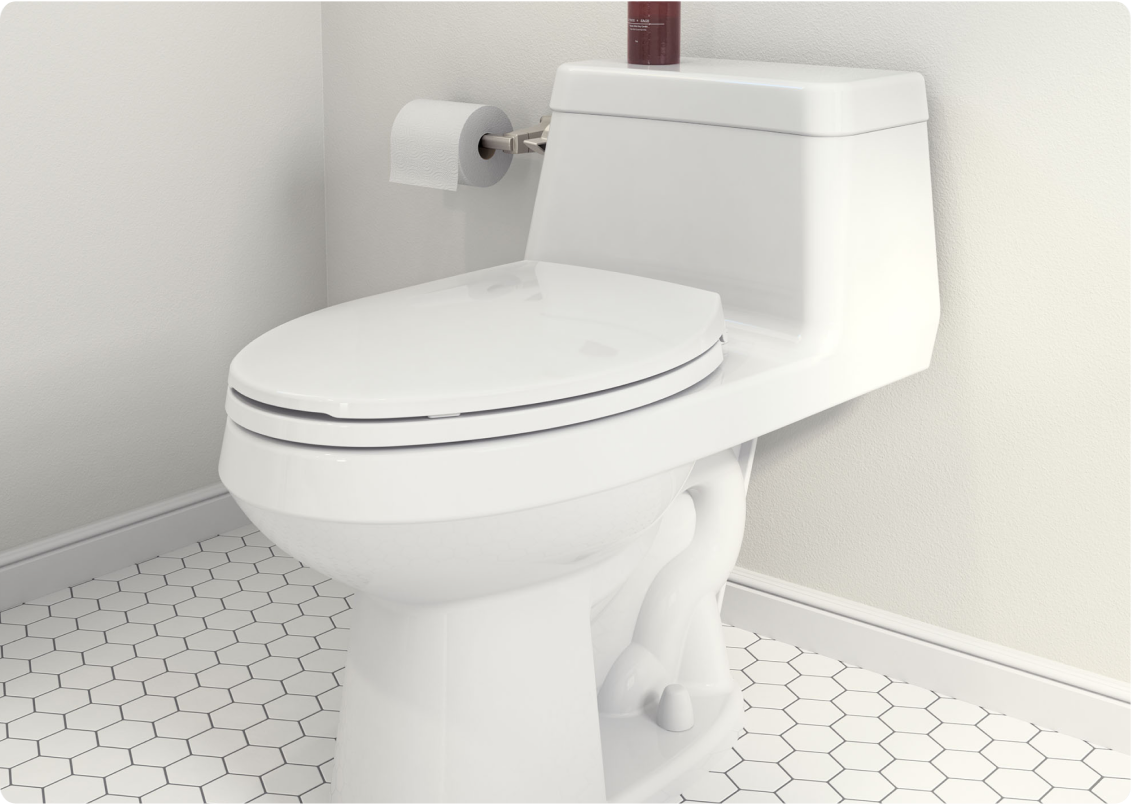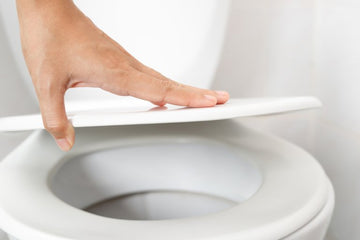In today's world, where environmental consciousness is at the forefront of many decisions, selecting the right water-saving toilet is crucial for both sustainability and efficiency. As industry QA professionals, understanding the nuances of water-efficient models can make a significant difference not only in reducing water bills but also in contributing to environmental conservation. This water-saving toilet buying guide aims to provide you with comprehensive insights into choosing the right model for your needs.
Water conservation is more than just a trend; it's a necessity. With increasing water scarcity, it has become imperative to adopt solutions that minimize wastage. This is where water-saving toilets come into play. These toilets are designed to use less water per flush compared to traditional models, thus saving thousands of gallons yearly.

Understanding Water-saving Toilets
The concept of water-saving toilets revolves around reducing the amount of water used per flush. Traditional toilets often use about 3.5 gallons per flush, whereas modern water-saving models use as little as 1.28 gallons. This significant reduction has a considerable impact on water conservation efforts.
Water-saving toilets typically fall into two categories: dual-flush toilets and single-flush toilets. Dual-flush toilets offer two flush options: a full flush for solid waste and a reduced flush for liquid waste. This flexibility allows users to choose the appropriate amount of water needed, ensuring maximum efficiency.
Benefits of Installing a Water-saving Toilet
Installing a water-saving toilet has numerous benefits. Firstly, it significantly reduces water bills by utilizing less water per flush. Secondly, these toilets contribute to a reduction in overall water consumption, which is essential in areas facing water scarcity.
Moreover, opting for eco-friendly resolutions like upgrading your toilet can lead to substantial savings. According to the Environmental Protection Agency (EPA), replacing older toilets with water-efficient models can save up to 13,000 gallons of water per year for an average household.
Key Features to Consider
Flush Mechanism
The flush mechanism is a critical component to consider when purchasing a water-saving toilet. Gravity-fed and pressure-assisted flush systems are the most common. While gravity-fed toilets rely on the force of gravity to flush, pressure-assisted toilets use compressed air to enhance the flushing power. Each has its pros and cons, and the choice often depends on personal preference and plumbing compatibility.
WaterSense Certification
Look for the WaterSense label when selecting a water-saving toilet. This certification by the EPA ensures that the toilet meets rigorous performance and water efficiency standards. WaterSense toilets use at least 20% less water than the current federal standard, making them an excellent choice for conserving water.
Bowl Shape and Height
The shape and height of the toilet bowl can affect comfort and usability. Elongated bowls are generally more comfortable, whereas round bowls take up less space. Additionally, taller toilets, sometimes referred to as 'comfort height,' are easier for older adults and those with mobility issues to use.
Installation and Maintenance
Proper installation is key to ensuring the optimal performance of your water-saving toilet. It's advisable to hire a professional plumber to handle the installation process, as they can ensure that the toilet is correctly fitted and functioning efficiently.
Regular maintenance is also crucial. Cleaning the toilet regularly and checking for any leaks or malfunctions can prolong its lifespan and maintain its water-saving capabilities. Learn more about smart bathroom water usage monitoring to keep track of your water consumption and identify areas for improvement.
Environmental Impact
The environmental impact of installing a water-saving toilet cannot be overstated. By reducing water consumption, these toilets help alleviate the strain on local water supplies and reduce the energy required for water treatment and supply. For more insights, check out the impact of water-saving toilets on the environment.
Furthermore, by choosing a water-efficient model, you are actively participating in global water conservation efforts. This small change in your home can contribute to a larger movement towards sustainable living.

FAQ
What is the average cost of a water-saving toilet?
The cost of a water-saving toilet varies depending on the brand, model, and features. On average, you can expect to pay between $200 and $600. While the initial investment may be higher than traditional toilets, the long-term savings on water bills can offset the cost.
How much water can a water-saving toilet save?
A water-saving toilet can save a significant amount of water compared to older models. By using 1.28 gallons per flush or less, these toilets can save thousands of gallons of water annually, contributing to lower water bills and environmental conservation.
Is it necessary to replace an old toilet with a water-saving model?
While not necessary, replacing an old toilet with a water-saving model is highly beneficial. Not only does it reduce water consumption, but it also lowers water bills and enhances the sustainability of your household. For more information, visit the EPA's guide on residential toilets.






